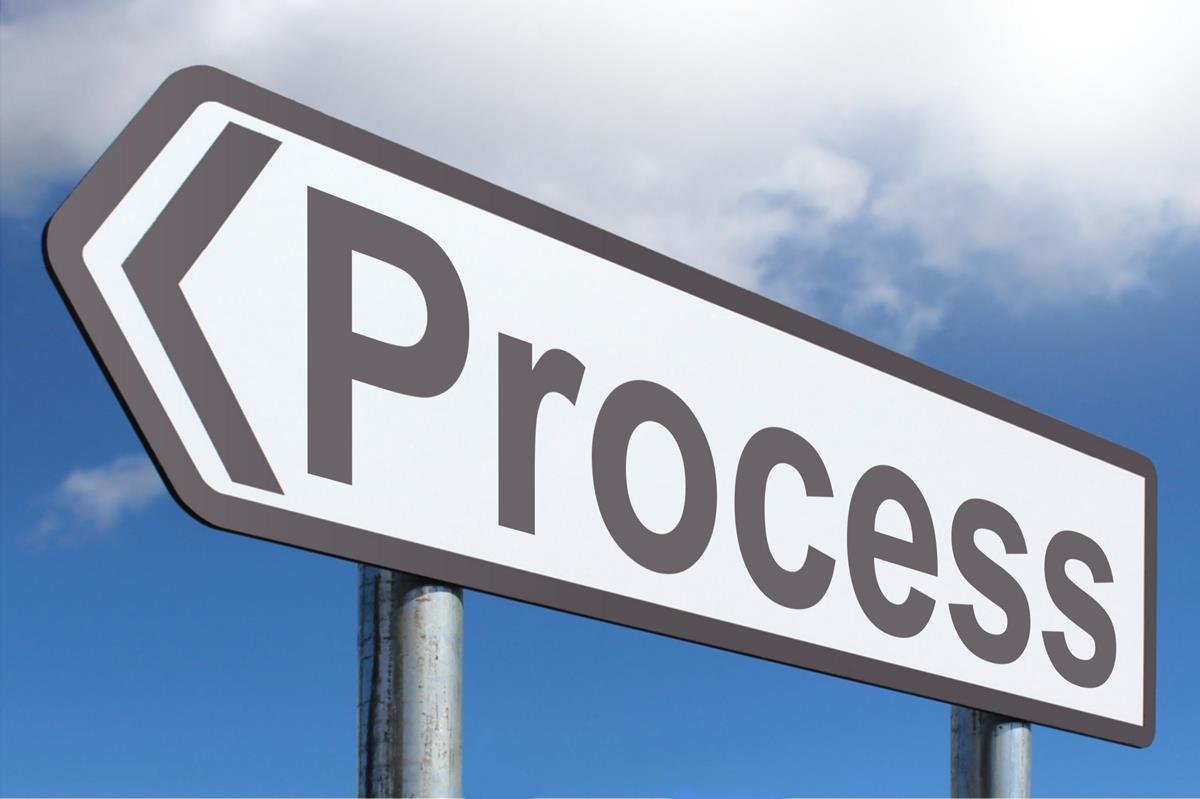In entities mass production involving, it is difficult to calculate on base of individual units, so to make issues simple costs are accounted making processes or departments as base. Let suppose a product is transformed in final shape after passing three departments A,B,C. materials , labor and FOH are will be accounted for department A, after they will be moved to department B and accounted for in department B and similarly to department C, from where they are finally ready as final product for sale
COST PER UNIT =
Process costing is a costing method which is applicable in industries producing homogenous products in large quantities. The purpose of process costing is a typical one for example stock valuation
Products are homogeneous that’s why production takes place in large quantities. Production is continuous (2 or
more processes are involved in product manufacturing. For example, oil refining, paper making and chemical
manufacturing, etcWork‐In‐Progress: There might be some incomplete products at the end of the period, they are called work in progress units. Work in progress might not be complete with respect to all the cost so equivalent units should be calculated.
Normal Loss: During production process, some units might get lost, and if the loss is not more than the expected loss then it is called as Normal Loss.
Abnormal Loss: If the actual loss is more than the expected loss then the excess loss is called as Abnormal Loss of the process. It arises when actual output from a process is less than the expected output.
Abnormal Gain: If the actual output greater than the expected output, then the extra units produced are called as Abnormal Gain. It is the amount by which actual loss is less than the expected loss
Each process cost is measure through a process account
| Debit the Process Account with each cost incurred Credit the Process Account with the unit cost previously calculated |
Process Account
| Units | $ | Units | $ | ||
| Opening W‐I‐P | X | XX | Finished goods | X | XX |
| Direct Material | X | XX | Closing W‐I‐P | X | XX |
| Direct Labour | XX | Normal Loss | X | XX | |
| Factory Overheads | XX | By‐product | X | XX | |
| Abnormal Gain | X | XX | Abnormal Loss | X | XX |
| Total | XX | XX | Total | XX | XXX |
Process I (dept. A)
| QTY | $ 00 | QTY | $00 | ||
|
Direct material Direct labour Overheads Direct Expenses
ABNORMAL GAIN
|
NORMAL LOSS ABNORMAL LOSS
Output transferred to process I |
||||
Process II(dept. B)
| QTY | $000 | QTY | $000 | ||
|
Transferred from process I Direct material Direct labour Overheads
ABNORMAL GAIN
|
NORMAL LOSS ABNORMAL LOSS
Output transferred to process II |
||||
Process I (dept A)
|
Transferred from process II Direct material Direct labour Overheads
ABNORMAL GAIN
|
NORMAL LOSS ABNORMAL LOSS
Finished goods
|
||||
NORMAL LOSS/GAIN Account
|
Process I Process I Process III
Abnormal loss
|
X X X
X |
Proceeds from sale of scrap Abnormal gain |
X X |
| XX | XX |
PROCESS COSTING – PART 2
PROCESS COSTING – PART 3
